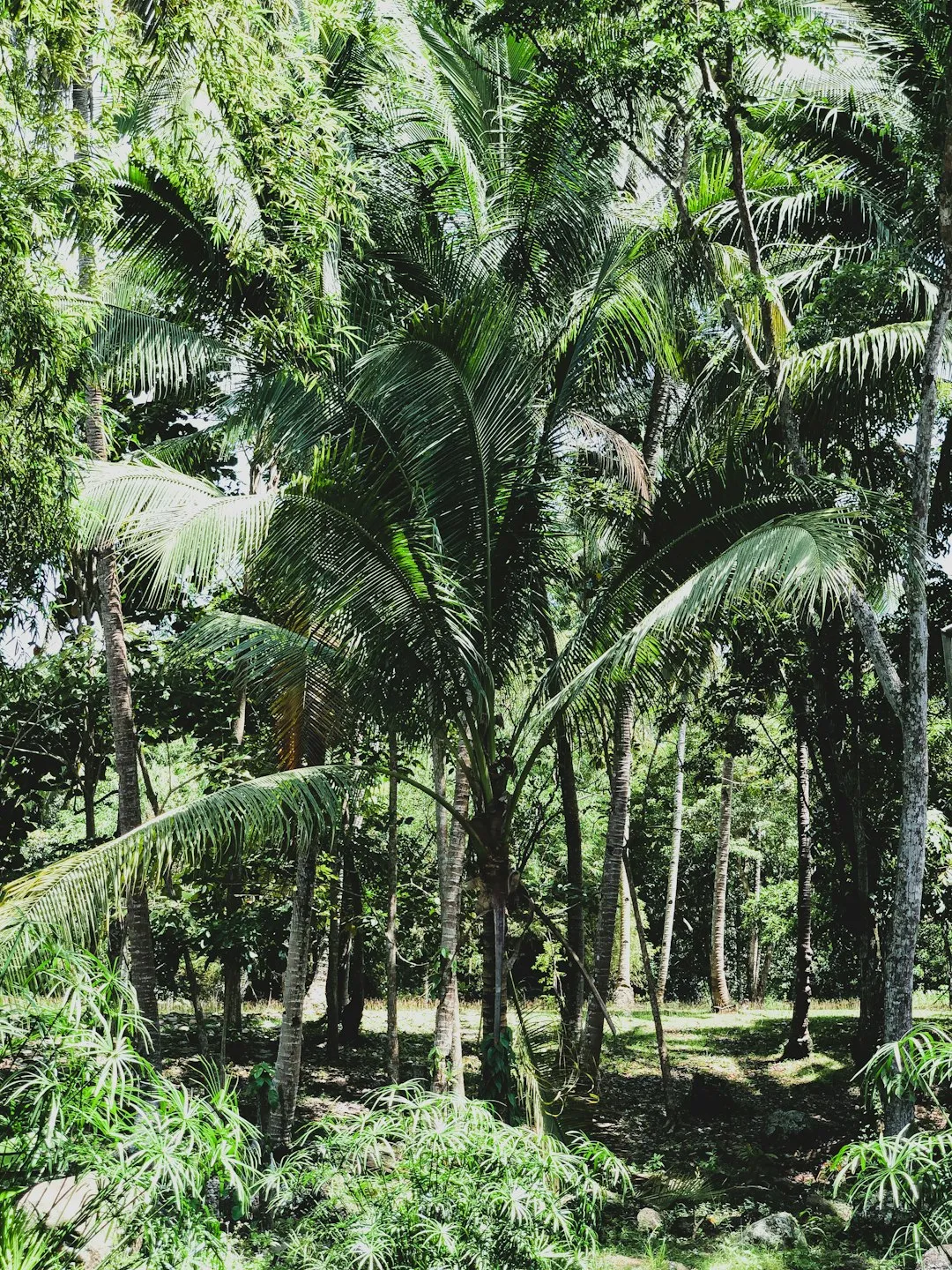The Smart Choice: Sod vs. Seed for Lawn Revival

When it comes to caring for your yard, one common issue many homeowners face is dealing with dead patches in the lawn. Whether your aim is to quickly enhance the curb appeal of your property or you're looking for the most budget - friendly approach, choosing between sod and seed to fix these dead areas is a crucial decision. Let's delve into the details to help you make an informed choice.
First, let's talk about sod. Sod is essentially pre - grown grass that is cut into rolls or slabs and then laid onto your prepared soil. One of the most significant advantages of using sod is the instant gratification it provides. If you have an upcoming event or simply want your lawn to look presentable right away, sod is the way to go. You can transform a bare, dead patch into a lush, green area in a matter of hours. For example, if you're hosting a backyard barbecue next week, laying sod can ensure that your lawn looks inviting and beautiful for your guests.
Another benefit of sod is its ability to prevent soil erosion. Since it comes as a complete, intact piece of grass and soil, it forms a protective layer over the ground. This is especially useful if your yard has a slope or if you live in an area with heavy rainfall. The roots of the sod hold the soil in place, reducing the risk of soil being washed away. Moreover, sod has a relatively high success rate. It has already established a root system, so as long as you provide it with proper watering and care in the initial weeks, it will continue to thrive.
However, sod does come with some drawbacks. The cost is one of the main factors. Sod can be quite expensive, especially if you have a large area to cover. You not only have to pay for the sod itself but also for the delivery and installation. Additionally, sod requires a lot of water in the first few weeks after installation. If you live in an area with water restrictions or if you're trying to be environmentally conscious about your water usage, this could be a problem.
Now, let's turn our attention to grass seed. Seed is a more cost - effective option for fixing dead patches in your lawn. You can purchase a large quantity of seed for a relatively low price, making it ideal for larger areas. For instance, if you have a half - acre yard with multiple dead spots, using seed will save you a significant amount of money compared to using sod.
Seeding also offers a wider variety of grass types. You can choose a seed blend that is specifically suited to your climate, soil type, and the amount of sunlight your yard receives. This allows you to create a lawn that is not only beautiful but also well - adapted to its environment. For example, if you live in a hot, dry climate, you can select a drought - tolerant grass seed.
On the other hand, seeding requires more patience and time. It can take several weeks for the seeds to germinate and grow into a full - fledged lawn. During this time, you need to keep the soil consistently moist, which can be challenging, especially in dry weather. There is also a higher risk of failure with seeding. If the seeds are not spread evenly, if the soil is not properly prepared, or if there are pests or diseases in the area, the germination rate may be low.
In conclusion, when deciding between sod and seed for fixing a dead patch in your lawn, you need to consider your goals, budget, and the amount of time and effort you're willing to invest. If you're looking for a quick solution and money is not a major concern, sod is the better option. But if you're on a tight budget and don't mind waiting a bit for your lawn to grow, grass seed is a viable choice. By weighing these factors carefully, you can make the right decision for your yard and enjoy a beautiful, healthy lawn for years to come.